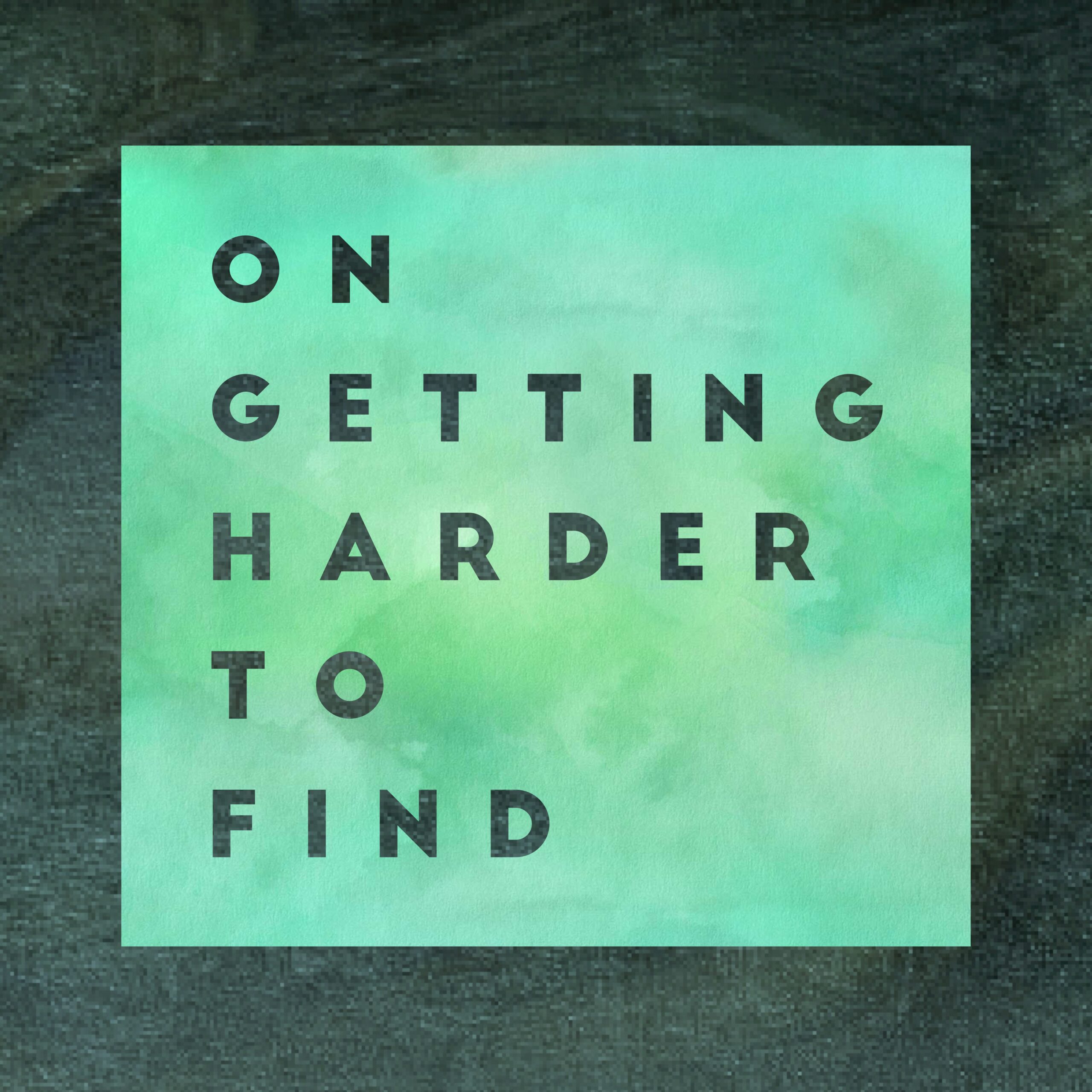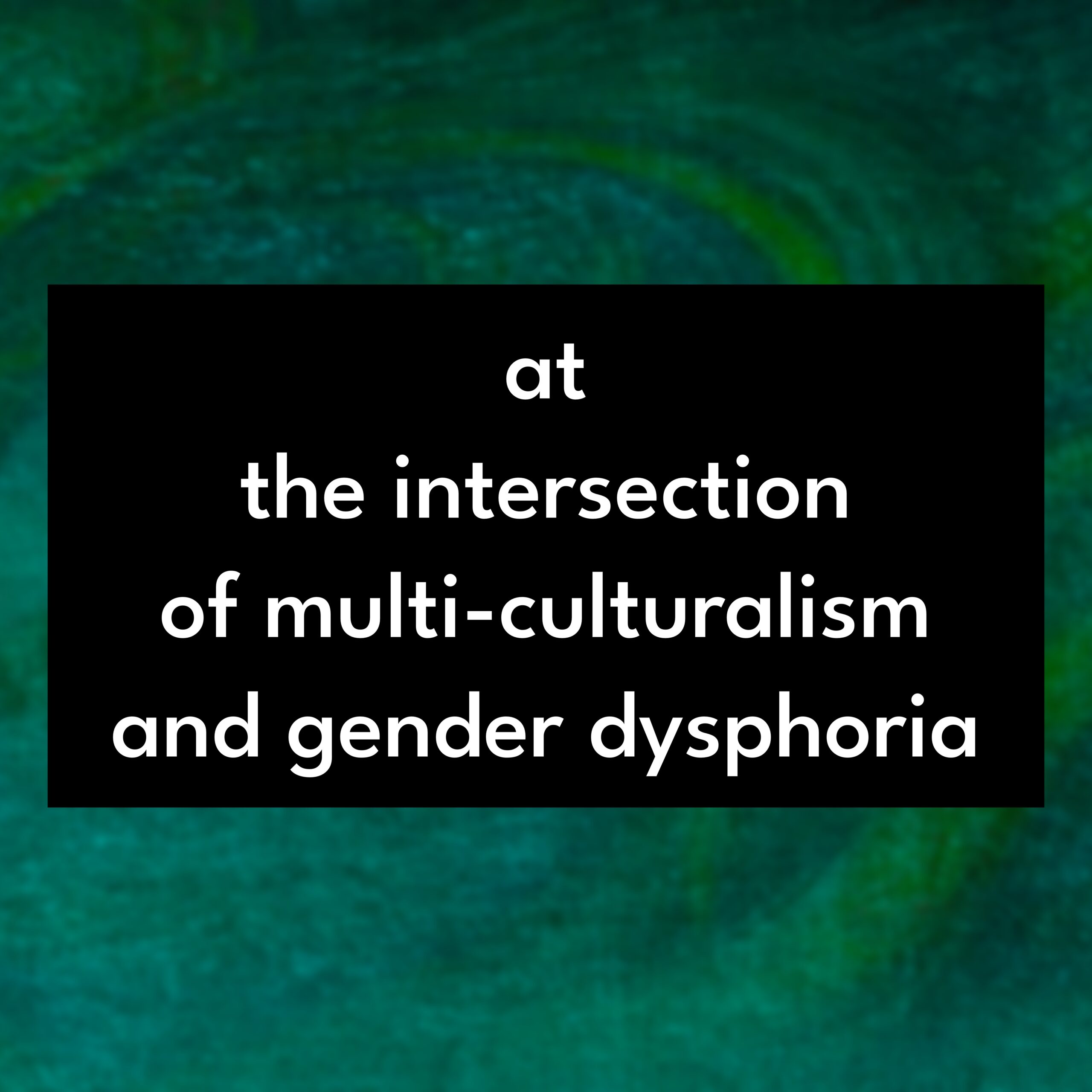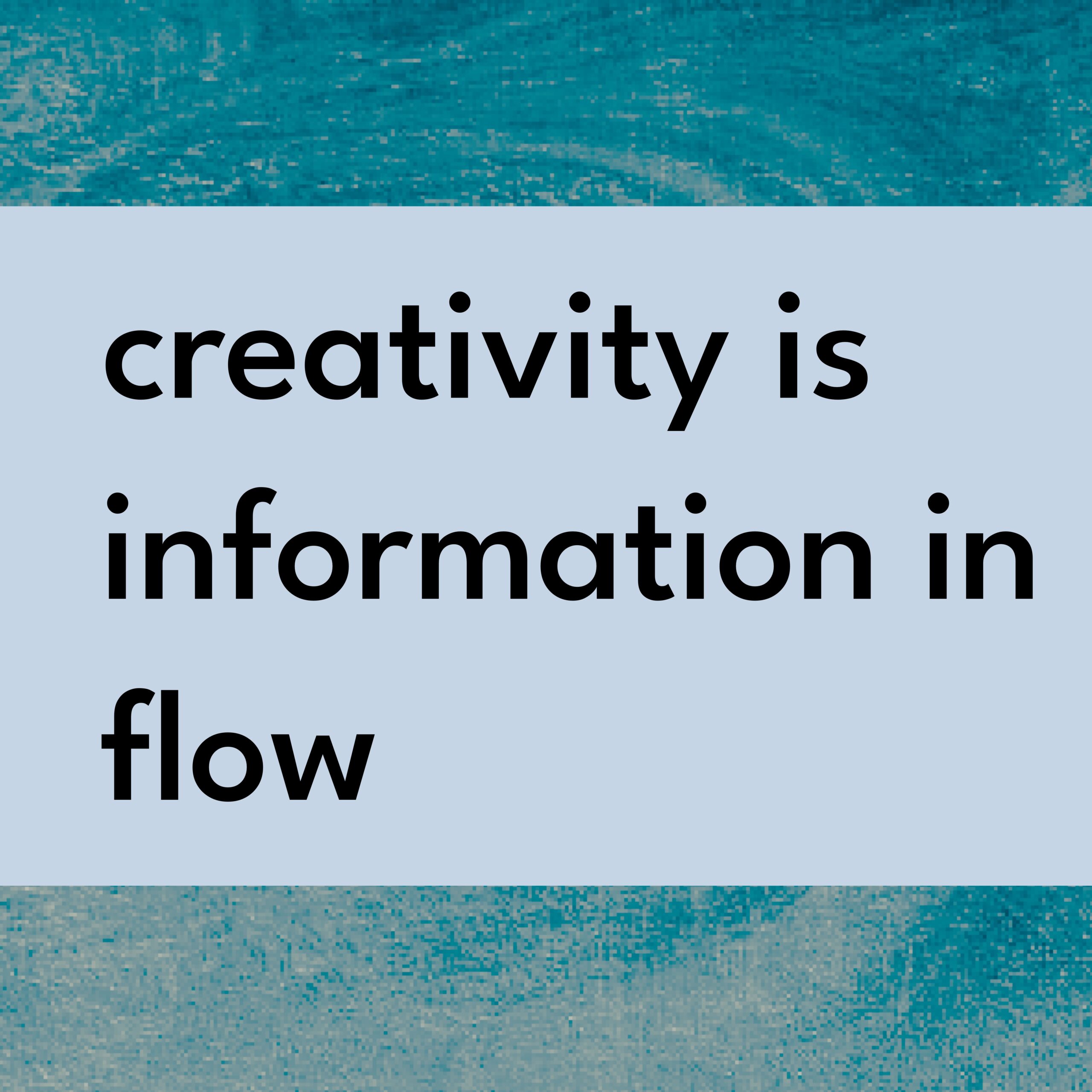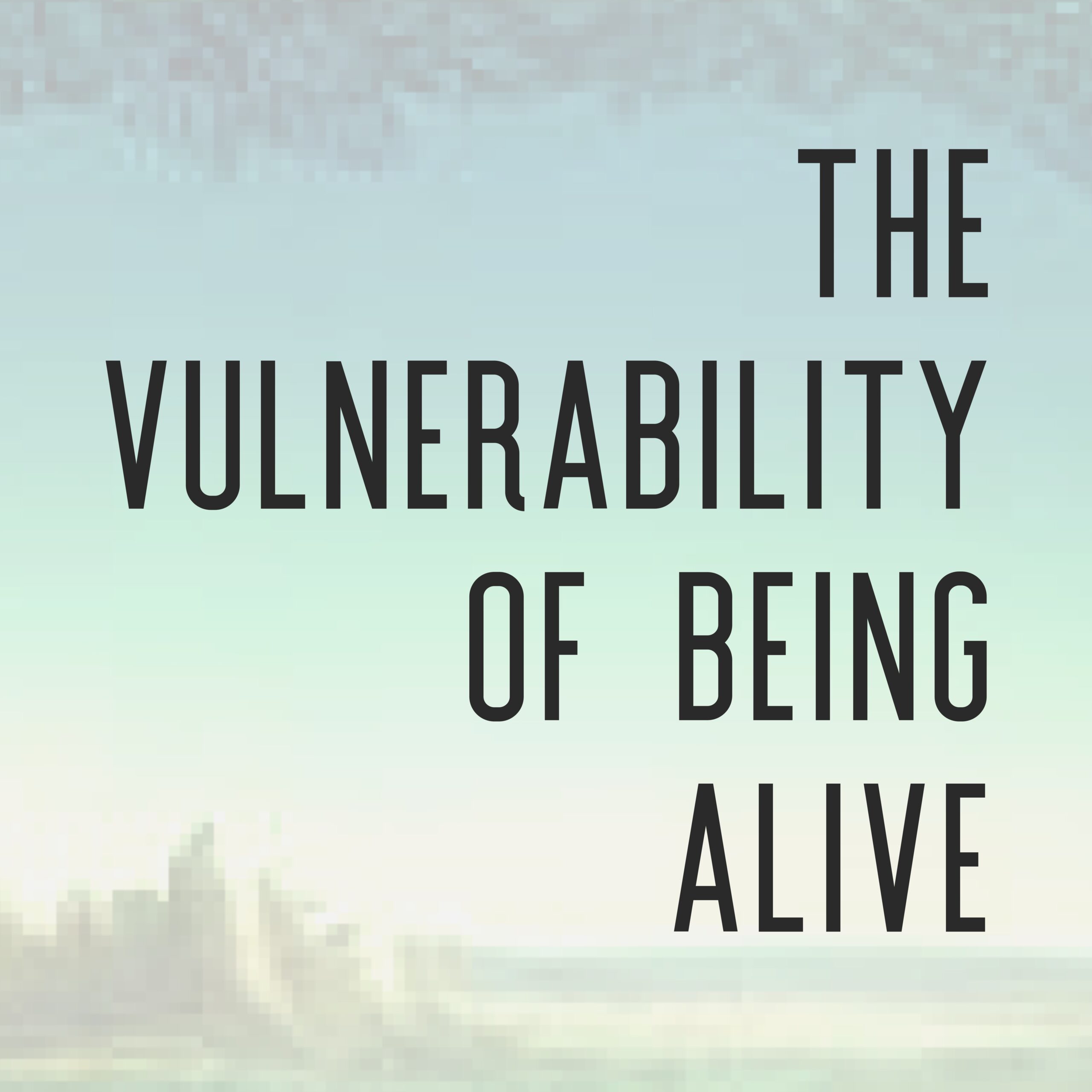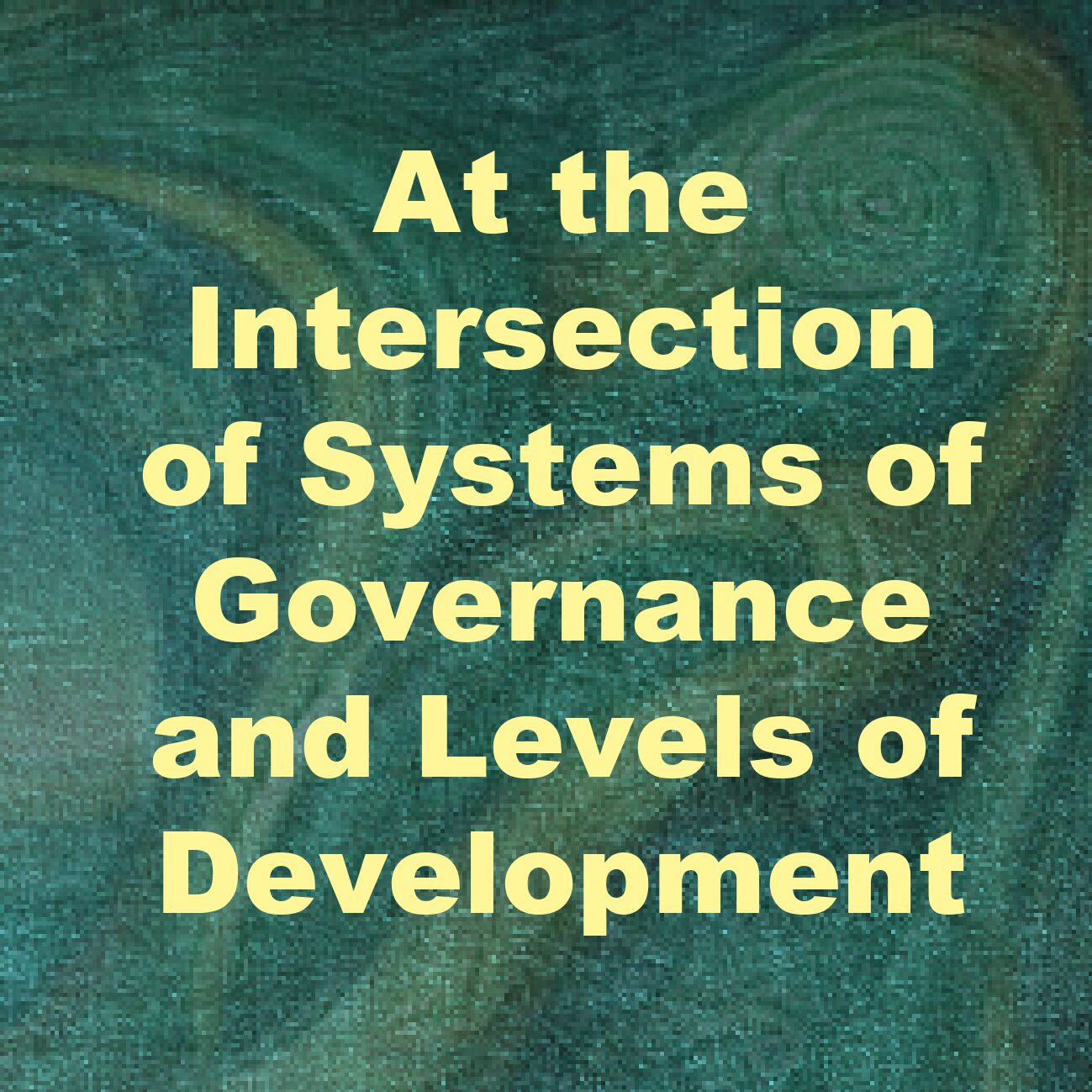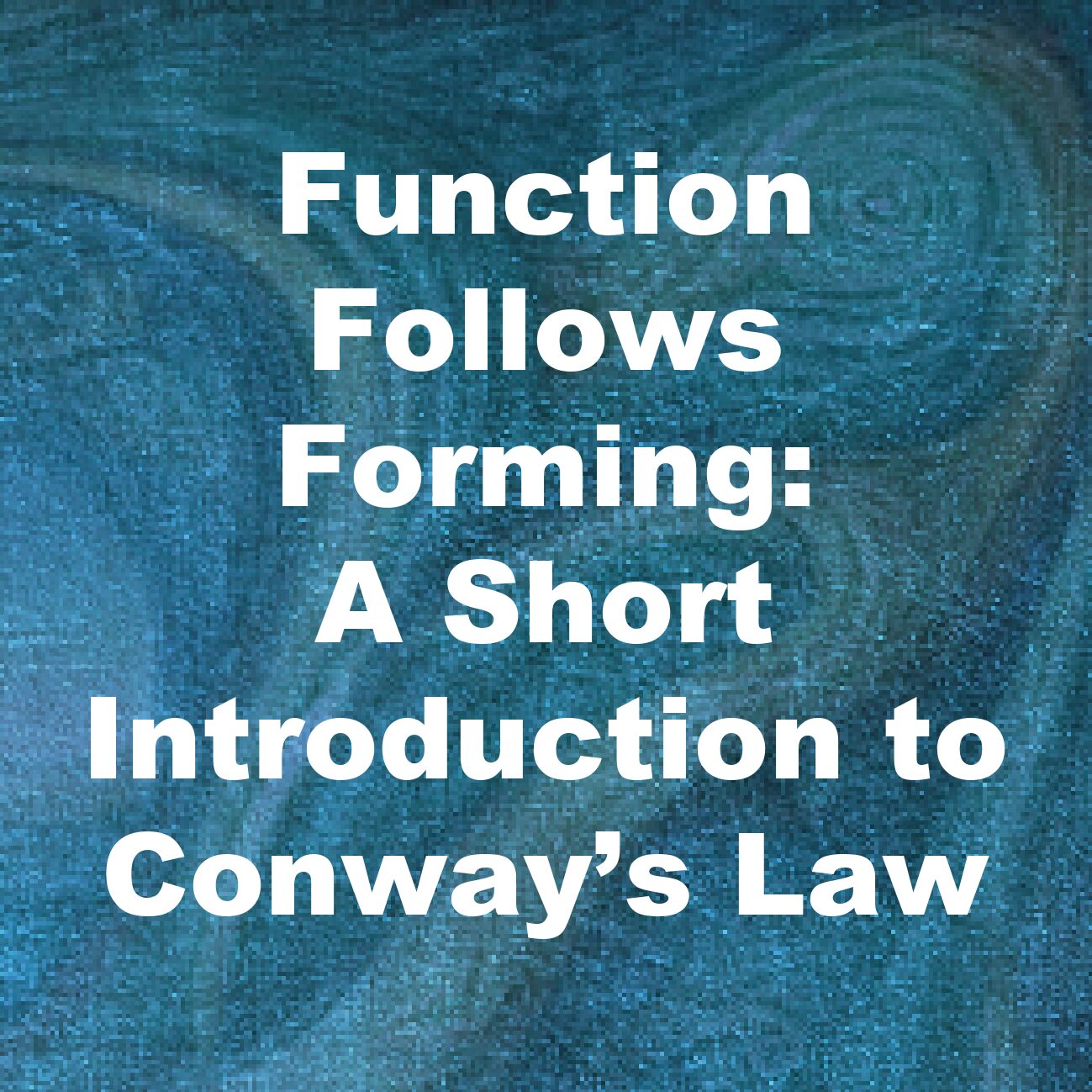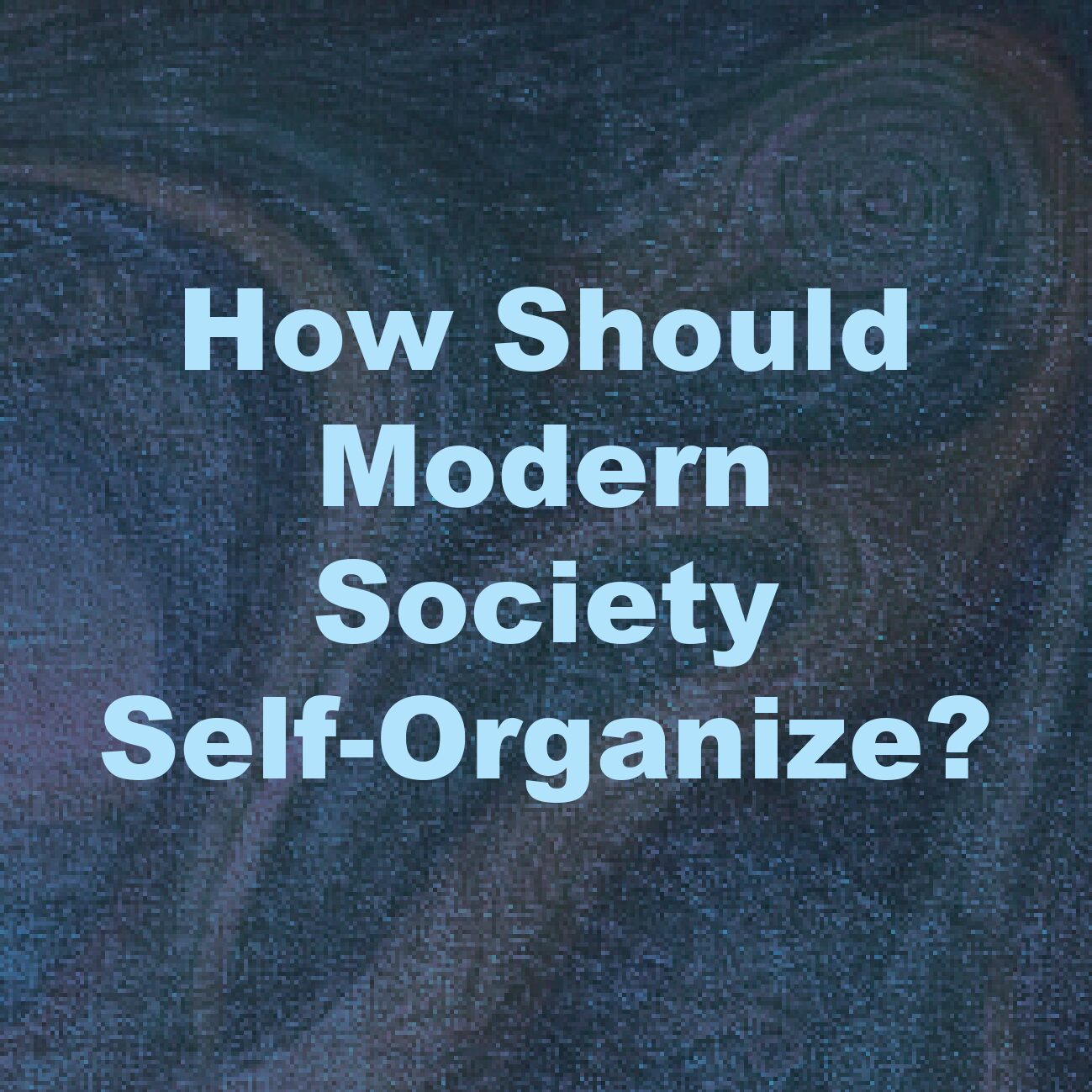I want to start by saying that gender dysphoria is a mental health concern and any discussion of causation such as I am about to embark on must not be used to in any way reduce efforts to eliminate or mitigate the suffering of individuals. Gender dysphoria is culturally created and experienced in individual bodies. Repairing the damage done by the culture is a collective responsibility.
Sex and Gender
Two interconnected but conceptually different concepts that are frequently conflated.
Sex
Sex refers to biology. In humans, we are incompletely sexually dimorphic as a species.
The vast majority of humans develop functional reproductive systems that either carry eggs until they are expelled through rejection for nonviability or birth or provide extra genetic material needed by eggs carried in other bodies to create a viable human baby. We call the first female and the second male.
Due to the genetic complexity of human beings and the biological mechanisms of generating biodiversity within the human species, there are always a substantial number of human beings of all ages that for one reason or another are biologically unable to participate in the co-creation of a baby and a smaller but still substantial number of human beings who are not easily categorized as male or female. The first group we call infertile and the second group we call intersex. There is also always a substantial number of human beings that are biologically capable of reproduction and not cognitively, emotionally, or romantically attracted to the act of sexual reproduction.
Gender
Gender is a social construct that maps cultural expectations onto markers of sex, usually onto visible secondary sexual characteristics (breasts, Adam’s apples, facial hair).
Gender norms are cultural and fluid. As society changes, gender norms change.
In addition, gender norms are frequently defined in ways that also reinforce class status and social power. Gender norms as expressed by powerful people frequently also include elements that require leisure time and money to acquire.
Every culture has different gender norms that are specific to that time and place. And society’s in transition in other ways often reflect that transition in changing gender norms.
Through out history, different cultures have had different gender norms associated with the reality of the reproductive realities of human beings.
Some cultures have norms that explicitly treat fertile women of child-bearing age differently from other women, recognizing that child-bearing is done through the bodies of individual women and provides the next generation for the whole society. Others treat mothers differently, but not women of child-bearing age without children. Some cultures try to pretend that the bearers of children and raisers of children aren’t really part of society at all.
Gender markers become more prominent in cultures that are uncomfortable with public acknowledgement of the messy realities of human sex and sexuality, cover secondary sex characteristics, and have markedly different subcultures for men and women. In these cultures, performative gender that reveals sexual role without the need for verbal interpersonal interaction is necessary for mating rituals.
“Appropriate packaging” so people know what to expect in bed allows people to avoid talking about taboo topics (sex) and to avoid trying to communicate in the foreign language of another subculture (men or women).
Gender Norms Oversimplify Human Reality Intentionally
From a biological perspective, gender norms facilitate the matching of individuals who can successfully produce offspring together. A simple system for matching viable egg and womb holders with viable sperm producers increases the viability of the species.
From a sociological perspective, social norms that may or may not be matched to gender norms facilitate the matching of partners with the resources to raise successful children. Success, like gender, is a fluctuating construct.
In cultures where children are expected to be raised by pairs who are their biological parents, gender norms tend to include displays of fertility, genetic inheritance, and social success (or potential for social success). In cultures that raise children more communally, gender norms can be separated from markers of success in arenas other than fertility.
What About Gender Roles?
Gender dysphoria is caused by a mismatch between the gender norms of a culture and the subjective experience of an individual.
Gender Marks Categories
Every culture runs the risk of excluding people as a result of gender norms. This is an inevitable result of the messiness of human biodiversity.
There are different ways cultures can handle the messiness. I will use the analogy of kitchen drawers to explain.
Knives and Forks
All kitchen implements can be treated as knives or forks. Knives go in one drawer and forks in another. Anything that doesn’t fit doesn’t have a place in the kitchen. Sorry spoons, that means you are out unless you convince the chef you are a weird knife or a bad fork.
Knives, Forks, and Spoons
Same deal. Three categories. No room for sporks, but spatulas could try to claim knife-ness or spoon-ness.
Add a Special Tools or Junk Drawer
This one is interesting. Make an “other” category and then decide whether other is positive or negative.
Everything Gets It’s Own Place
No categories. No clumping. No batch processing. Each utensil gets its own special location. No touching. No overlapping.
Exclusion Exists in Most Systems
The only system that doesn’t result in excluding anyone is the system in which everyone gets their own label and no attempt is made to simplify the complexity. This requires a lot of time having intimate, personal conversations as each potential mating pair must explicitly share details about themselves with the other. And in many cultures, such explicit conversations are taboo.
Even the Knife, Fork, everything else system excludes. The “other” category seems to fix the exclusion problem, but it is an illusion. The existence of an other category solidifies the distinction between those who can be categorized and those who cannot be categorized. The attempt to categorize makes the category marker important.
It is very difficult for human beings to separate categories without a status component. Oxytocin flows in our bodies and create the embodied experience that everyone who is part of “my” group is someone I will protect and everyone who is not part of that group is a potential enemy. My people get valued more than others.
Gender Roles Are a Partial Solution
In a culture that respects the dignity of all people, roles that are necessary but not sufficient alone for the survival of the community are divided along category lines to create a larger community that transcends and includes the gendered categories. The recognition of each role as necessary creates a bigger container to which everyone belongs.
To include everyone within the whole community, the other category must be seen as necessary for the survival of the community.
Gender Roles are Only a Partial Solution
No matter what categories are created and however respected the roles assigned to all the categories, there will be individuals who do bot fit comfortably into their assigned social role.
Human beings are too complex for any functional system to not have edge cases.
Whatever the social construct of gender norms and roles, every society will have gender non-conforming individuals. The more rigidly the constructs are policed, the more harmful experiencing oneself as not being comfortably included in that construct will be.
Gender dysphoria is going to be with us as a species forever. We get to choose whether we are culturally compassionate in response or not, but we cannot eradicate it.
What Does All This Have to Do With Gender Dysphoria and Multi-Culturalism?
Multicultural communities probably differ in gender categories and roles just as they differ in other aspects of culture.
This is destabilizing for everyone.
As soon an any individual leaves their subculture, they must wrestle with the differences between the norms of their family and the norms they find in other groups.
People who experience gender dysphoria in their culture of origin may find other subcultures that offer them a set of norms that feel more comfortable. This sets them up for conflict with their family. Do I disrespect my mother’s teacher about what it means to be a good man or woman? Or my father’s?
Others may find that their family has norms where they fit comfortably that are not recognized in other subcultures they must navigate (school or work environments, for example). Once again, these people find themselves forced to choose or code switch.
Some will self-sabotage to fit into the roles offered in their childhood environments and bring trauma around gender roles to their adulthood. Others will experience traumatic injury adapting to the wider culture. Having adapted, people will frequently force others to adapt in order to avoid seeing alternatives that would have fit them better that were not available to them.
And what if my mother and father are trying to raise me differently than they were raised? Am I not allowed to model myself on my own parents? How am I supposed to figure out whether I am becoming a good adult?
These experiences can each create gender dysphoria when internalized.
In a multicultural environment, acting from the norms you hold unconsciously results in frequent misunderstandings and conflict. The process of peacefully resolving conflict around gender norms requires everyone to question their own sense of identity and their relationship to the wider culture.
Navigating cross-cultural expectations requires people to recognize that the categories are at some level arbitrary and at some level a useful proxy that help navigate the important social behaviours related to mating. And this creates existential angst.
Doubling down on one’s commitment to the gender norms that one is comfortable with or fighting for a new, more flexible or inclusive, set of norms avoids the paradox.
Gender confusion grows in places where cultures with different gender norms and roles intersect.

